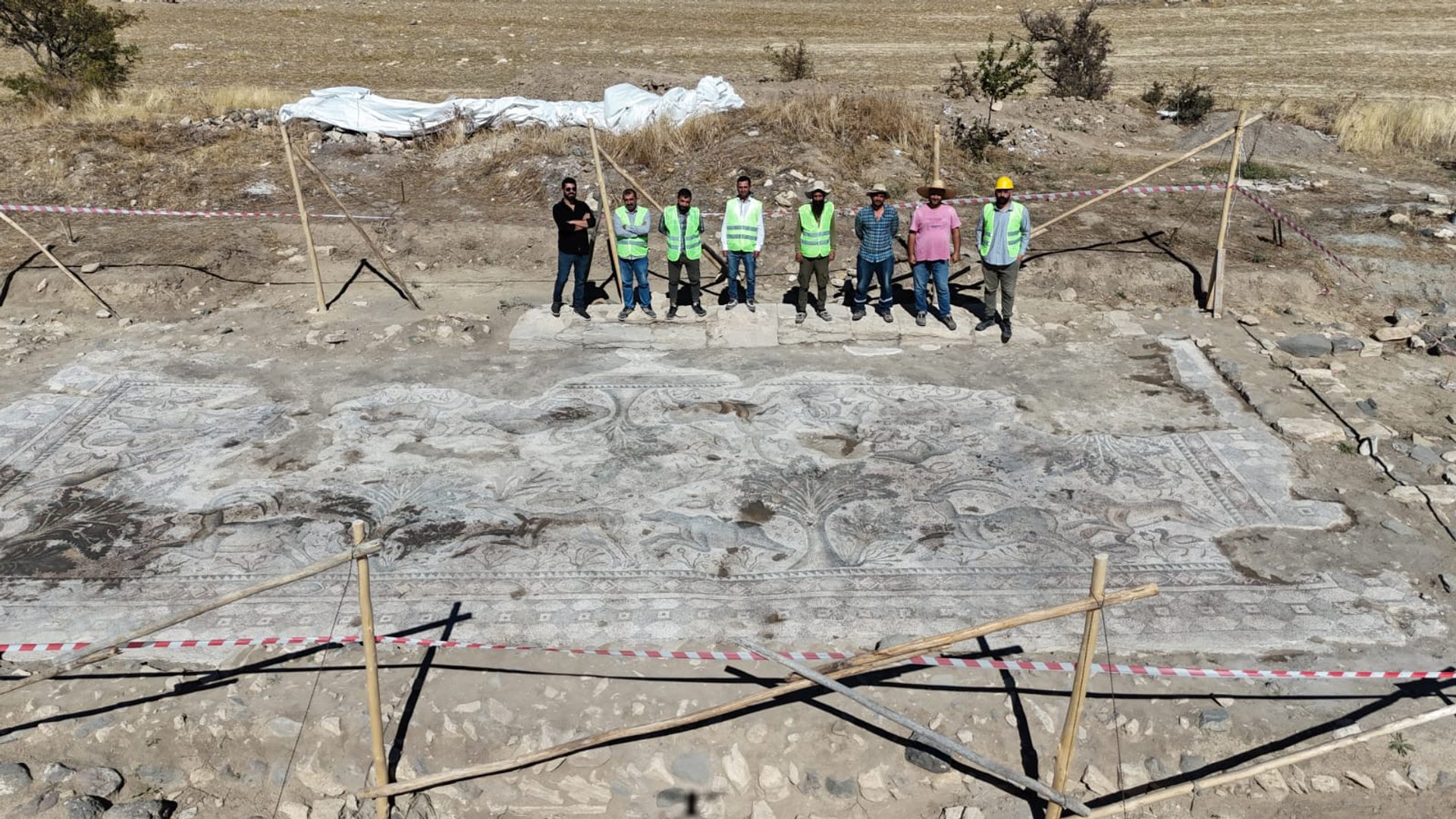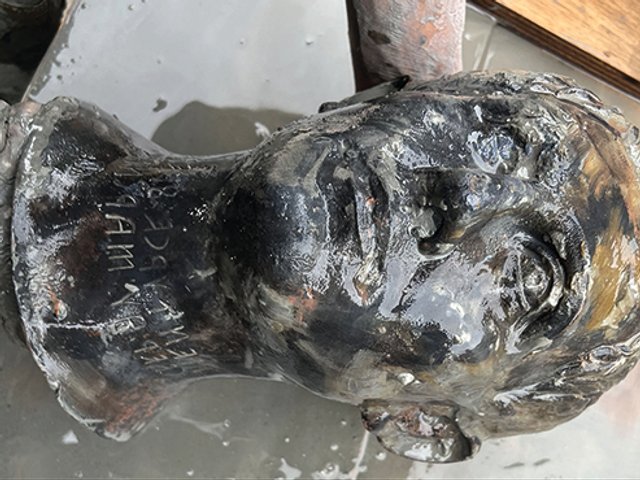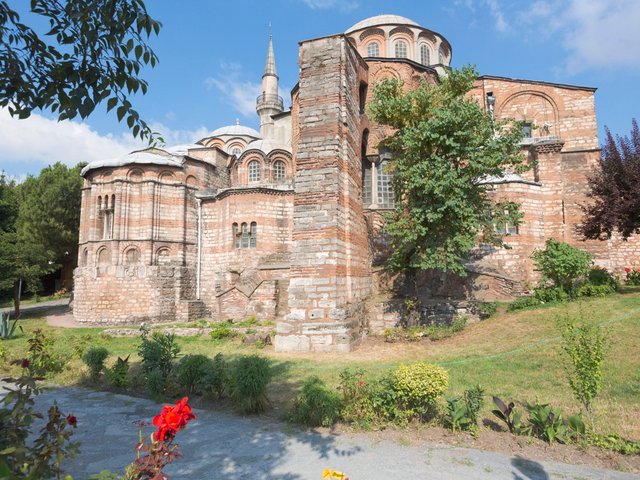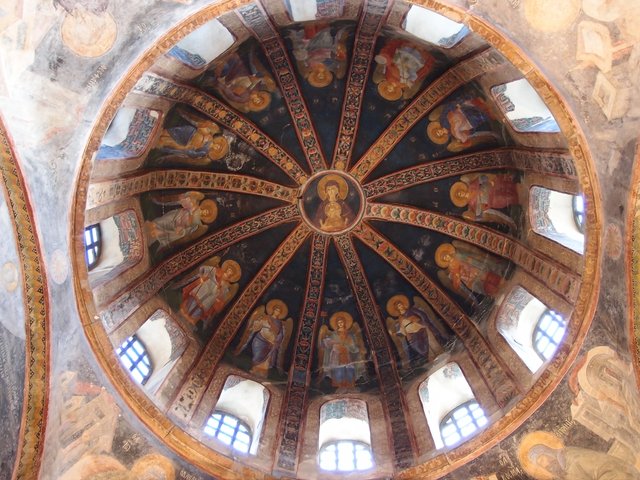A farmer planting an orchard in eastern Turkey has unearthed an expansive, largely intact mosaic depicting an ancient hunt that archaeologists believe is the largest example of its kind discovered in Turkey.
Hidden for centuries beneath a thin layer of topsoil, the mosaic may have been laid as far back as the late third century in a previously unknown settlement near today’s village of Salkaya in Elazığ province, around 500km east of the capital Ankara.
[The mosaic is] is the first of its kind to have survived to the present day as a whole and in its portrayal of animalsEmre Çayır, archaeologist
The Salkaya mosaic “is the first of its kind to have survived to the present day as a whole and in its portrayal of animals, all of which were once found here. There may be larger mosaics elsewhere in Turkey, but those consist of geometric patterns or mythological subjects,” says Emre Çayır, the lead archaeologist at the excavation, which is overseen by the state Archaeology and Ethnography Museum of Elazığ.
Spanning 84 sq. m, the mosaic chronicles a series of hunting scenes along a north-south axis. A mountain goat is pursued by a lion, a stag flees a bear. The rare Anatolian leopard sinks its teeth into an ostrich’s neck. Snarling greyhounds in collars corner a wild boar. Pheasants, ducks, geese and partridges stand in repose next to budding roses or beneath pomegranate trees, offering intervals amid the frenetic hunt, which occurs in progression throughout the rectangular floor “in an expression of the eternal cycle of nature”, Çayır says.
Part of the food chain
“The lion and bear represent authority in Roman tradition, and the depiction of hunting dogs reminds us that humans are part of the food chain, [showing how] the craftsmen used metaphor to convey these ideas,” he says.
The mosaic was buried under just 50cm of loose soil when the farmer, Mehmet Emin Sualp, bought the land and began digging holes for his cherry saplings in April 2023. When he came across the tesserae of a mosaic, he alerted the state museum in Elazığ, Sualp told a television reporter in September.

Conservators removed soil and residue from a collapsed roof to reveal an 84 sq. m mosaic Elazığ Museum
It was not until this year’s season that conservators finished removing the soil and residue from a charred wooden roof that had collapsed over the work, which Çayır credits with keeping the tiles in place for so long.
A surface survey has indicated a number of buildings, including a bathhouse and what may have been a house of worship, across 600 sq. m. Çayır and his team have already uncovered a basalt road, an irrigation channel and what appears to be a calcatorium for winemaking.
‘Expression of power’
Many of the stones of the buildings have been moved over the centuries, re-purposed to create boundaries among wheatfields that now blanket rolling hills. During a visit to the site in November, workers could be seen erecting a temporary shelter to protect the mosaic over the winter. Coins unearthed during the survey date back to the late Roman, early Byzantine period, helping the archaeologists to approximate that the site was in use beginning 1,600 to 1,700 years ago, although ceramic shards two metres below the surface imply it may have been populated even earlier.
The settlement could have been a farming town or an outpost near Rome’s volatile frontier with the Sasanian Empire of ancient Iran. Çayır believes the mosaic was “an expression of power” and may have decorated a reception room or dining hall in the residence of a Roman official, such as a governor or garrison commander, before the area eventually fell under Persian control.
Framing the fauna and flora are geometric motifs of squares, triangles and ellipses that gently transition into the main scenes. Shading on the animals reveals tensing muscles or a hind leg in shadow, and throughout the tableau are countless details of flowers and fowl, suggesting highly skilled mosaicists came to lay the tiles in this remote corner of the empire.
Turkey’s culture authorities have not decided whether to move the mosaic, the only one that has been found in Elazığ, to the state museum or build a complex at the site to leave it in situ. That will depend on what artefacts are uncovered next, the provincial governor Numan Hatipoğlu has said.






